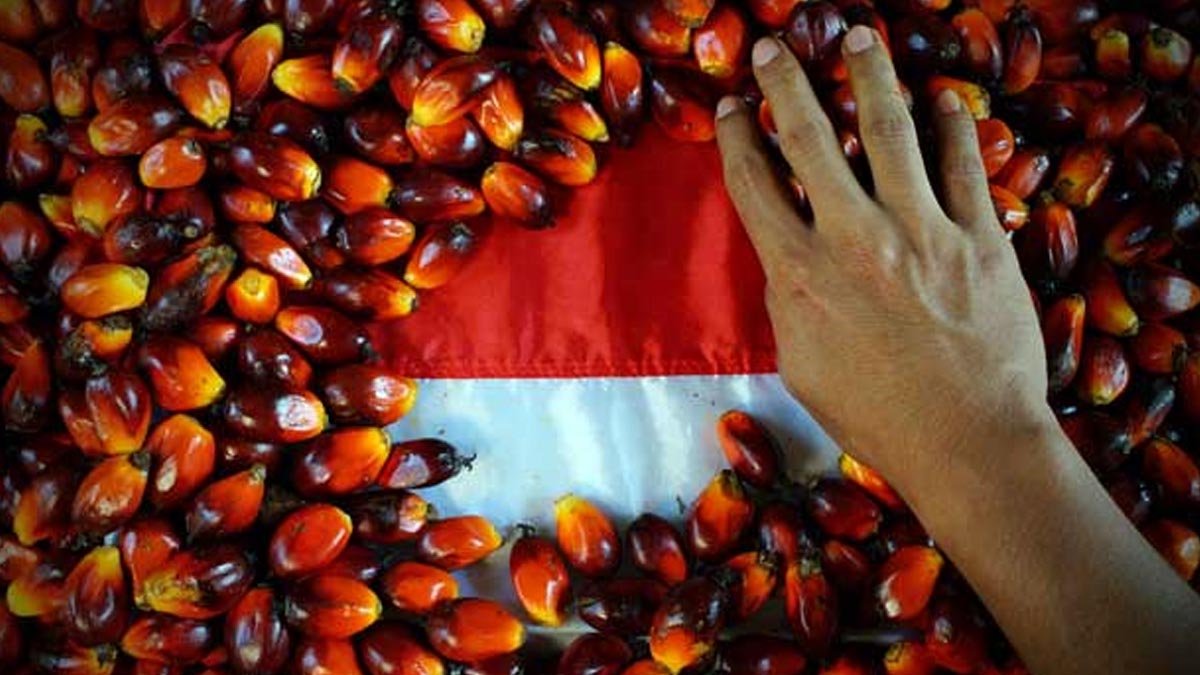PALMOILMAGAZINE, JAKARTA — Indonesia’s trade balance recorded another strong performance in the first half of 2025, with Trade Minister Budi Santoso announcing a cumulative surplus of USD 19.48 billion. This marks a significant increase compared to USD 15.58 billion in the same period last year.
“This surplus reflects the resilience and competitiveness of Indonesia’s exports despite ongoing global economic challenges,” said the Minister, popularly known as Mendag Busan, during a press briefing on Wednesday (Aug. 6, 2025), as quoted by Palmoilmagazine.com.
The main driver of the surplus was the non-oil and gas sector, which posted a surplus of USD 28.31 billion, up from USD 25.69 billion in H1 2024. The largest trade surpluses were recorded with the United States (USD 9.92 billion), followed by India (USD 6.64 billion) and the Philippines (USD 4.36 billion).
Overall, Indonesia’s total exports for the first six months of 2025 reached USD 135.41 billion, up 7.70% year-on-year (YoY), exceeding the 2025 national export growth target of 7.10%. Non-oil and gas exports grew 8.96% to USD 128.39 billion, with manufacturing contributing the largest share at 83.81%, followed by mining at 13.55%, and agriculture at 2.64%.
Although agriculture’s contribution remains relatively small, its exports surged by 49.77%, supported by commodities such as coffee, coconut, mangosteen, and palm oil. This indicates that Indonesia’s agricultural products are gaining stronger demand in global markets. The top three non-oil and gas export growth performers were cocoa and cocoa products (up 129.86%), coffee, tea, and spices (86.50%), and tin and tin products (80.88%).
June Export Performance Remains Strong
In June 2025, Indonesia recorded exports worth USD 23.44 billion. While this marked a 4.78% month-on-month (MoM) decline compared to May, it still represented an 11.29% YoY growth.
This monthly growth was largely driven by higher global prices for key commodities, including tin, gold, aluminum, and palm oil. Although not the dominant contributor, palm oil continued to provide stable support to overall export values.
Improved global trade conditions following the U.S.–China trade agreement, along with positive economic growth in key partner countries — the U.S. (3.00%), China (1.10%), and Singapore (1.40%) — also played a role in bolstering exports.
Minister Busan emphasized the importance of long-term trade diplomacy, with the government targeting the completion of major trade deals such as the Indonesia–EU CEPA, Indonesia–Canada CEPA, and Indonesia–Peru CEPA. Expanding access to the African market is also a priority for the second half of the year.
“This year, we are taking serious steps to open pathways to non-traditional markets like Africa. We’ve begun making inroads to ensure Indonesian products, including agricultural and plantation goods, gain broader entry,” he explained.
In response to shifts in international trade policy — particularly reciprocal tariffs from the U.S. — the Ministry of Trade has prepared anticipatory measures aimed at protecting domestic markets and strengthening export competitiveness.
With a combination of market expansion strategies, optimization of key commodities, and stable macroeconomic conditions, Indonesia’s exports are expected to remain robust until the end of the year.
“We are grateful that this surplus trend has continued for 62 consecutive months. This is a strong foundation for driving inclusive and sustainable economic growth,” Minister Busan concluded. (P2)
